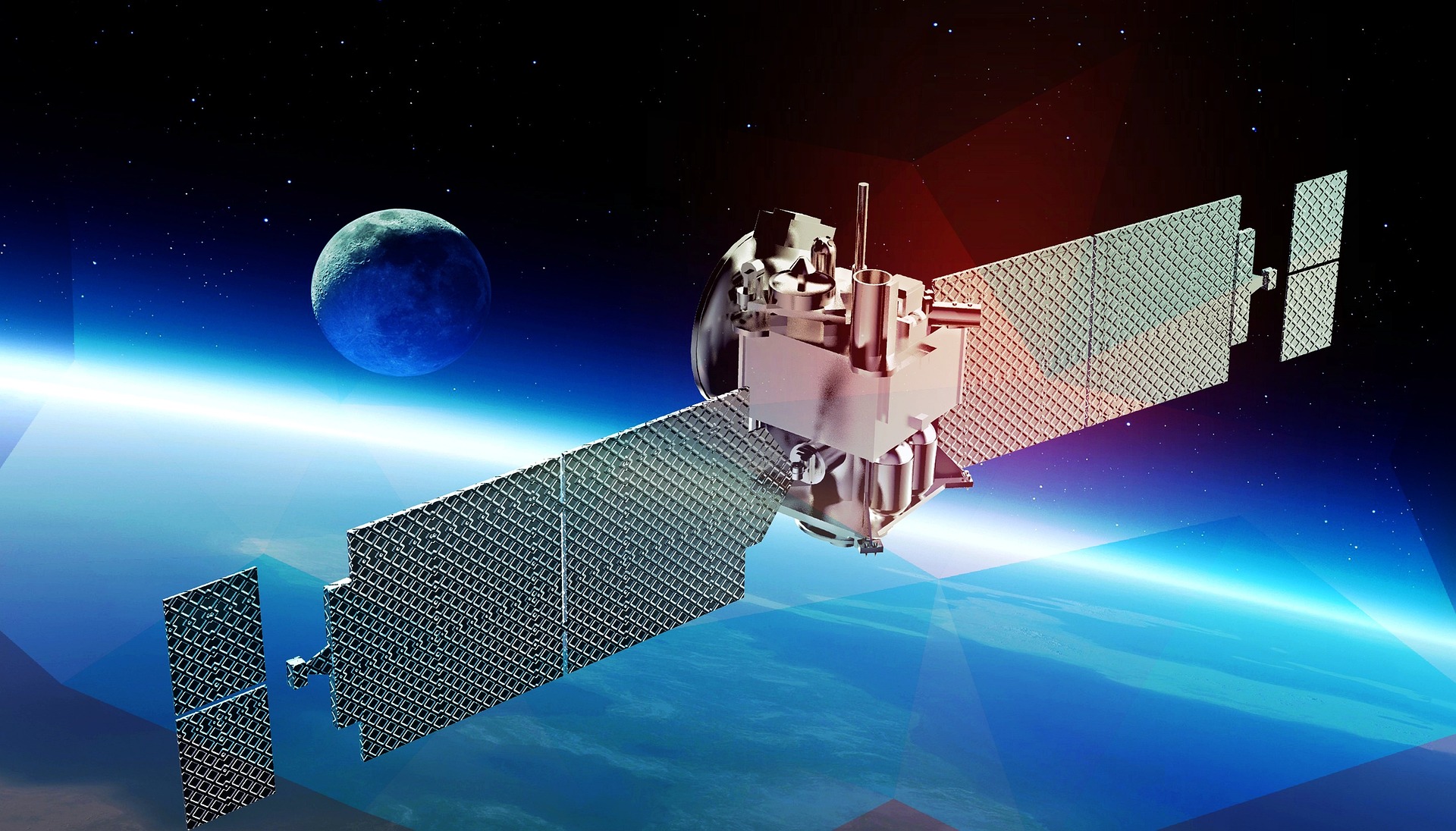Breaking Down Barriers with Fixed Wireless Access
In the fast-paced world of telecommunications, one technology promises to bring a new wave of connectivity, especially to areas underserved by traditional broadband networks. Fixed Wireless Access (FWA) is no longer a fringe technology but a rising force set to redefine internet access. Let's take a closer look at this game-changing development.
A Glimpse into the Past: FWA’s Origins
Fixed Wireless Access originated in the mid-1990s as an alternative to wired broadband services. It was initially used to provide connectivity to remote areas where laying cables was impractical or too costly. However, early FWA technologies suffered from significant limitations, including low data rates, high latency, and susceptibility to environmental interference.
The Modern FWA: A Technological Leap
Advancements in wireless technologies have dramatically improved FWA’s capabilities. Today, it can deliver broadband speeds comparable to fiber optics, making it a viable option for not just rural areas, but urban and suburban environments too. The improvement has been so significant that many internet service providers are now integrating FWA into their offerings.
Current Trends: FWA in the 5G Era
With the advent of 5G, FWA’s potential has been further unlocked. The high-speed, low-latency characteristics of 5G have allowed FWA to deliver faster and more reliable internet connections. As a result, FWA has been integrated into the 5G expansion strategies of telecom giants, signaling a shift towards more diversified broadband networks.
The Impact of FWA: Transformation and Challenges
The FWA’s impact is profound, particularly in areas where traditional broadband infrastructure is lacking. It opens up opportunities for remote work, online education, and digital healthcare services. Despite its potential, FWA faces challenges including signal interference and the need for line-of-sight between the transmitter and receiver. These obstacles can limit its effectiveness in certain environments.
Practical Applications: Where FWA Shines
FWA is not just a theoretical proposition. Real-world applications are already demonstrating its value. In many developing countries, FWA is the primary means of accessing the internet. Additionally, in disaster-stricken areas where infrastructure is destroyed, FWA can quickly restore connectivity.
In the ever-evolving world of telecommunications, Fixed Wireless Access represents a promising avenue for expanding internet access. It’s a testament to the industry’s relentless drive for innovation, breaking down barriers and creating new possibilities in connectivity.





